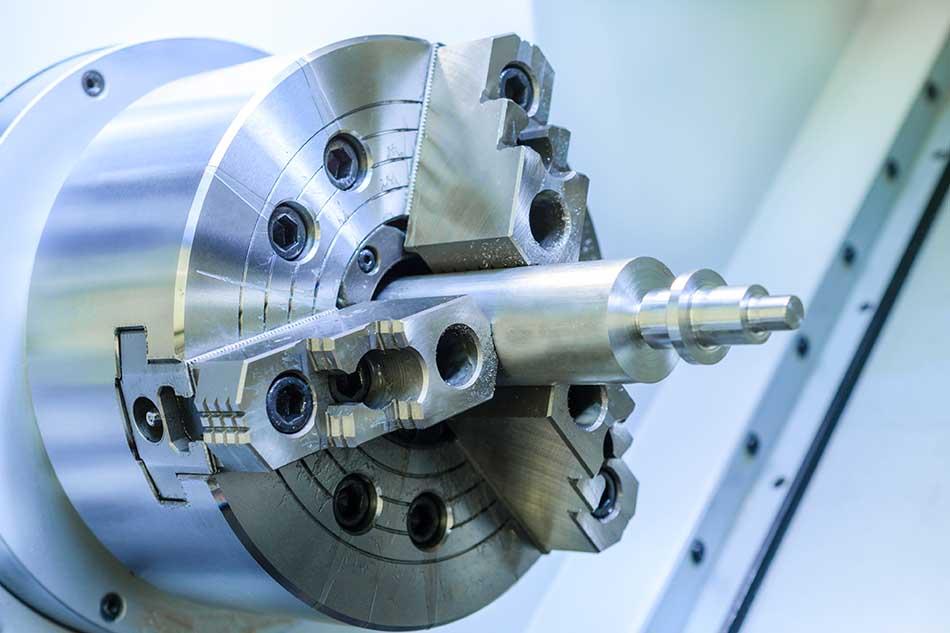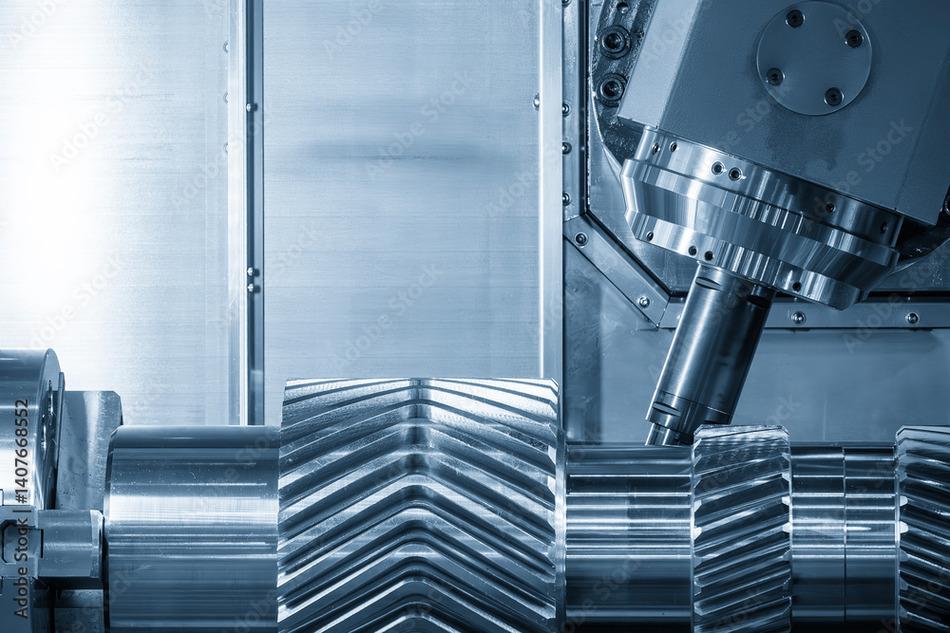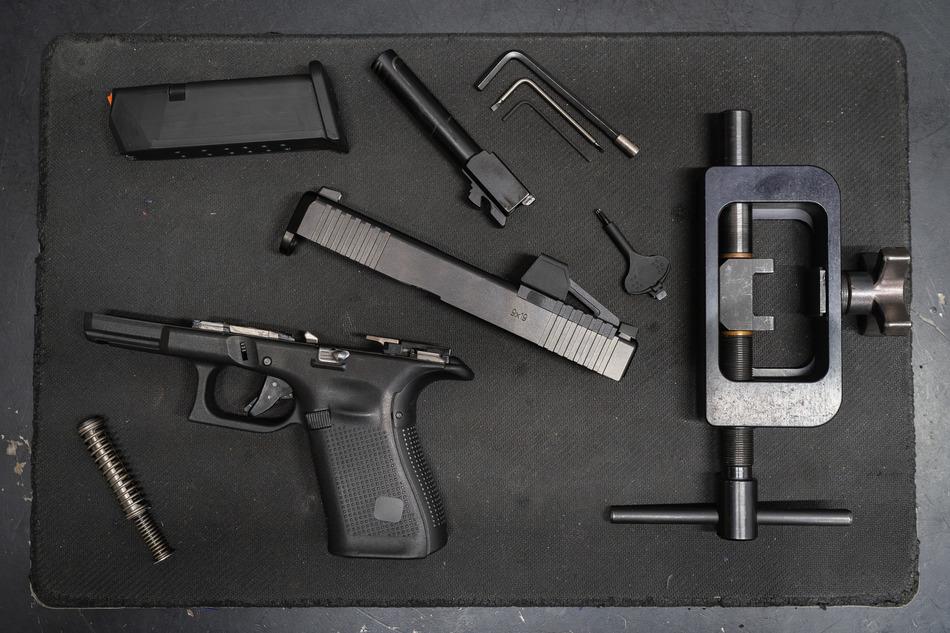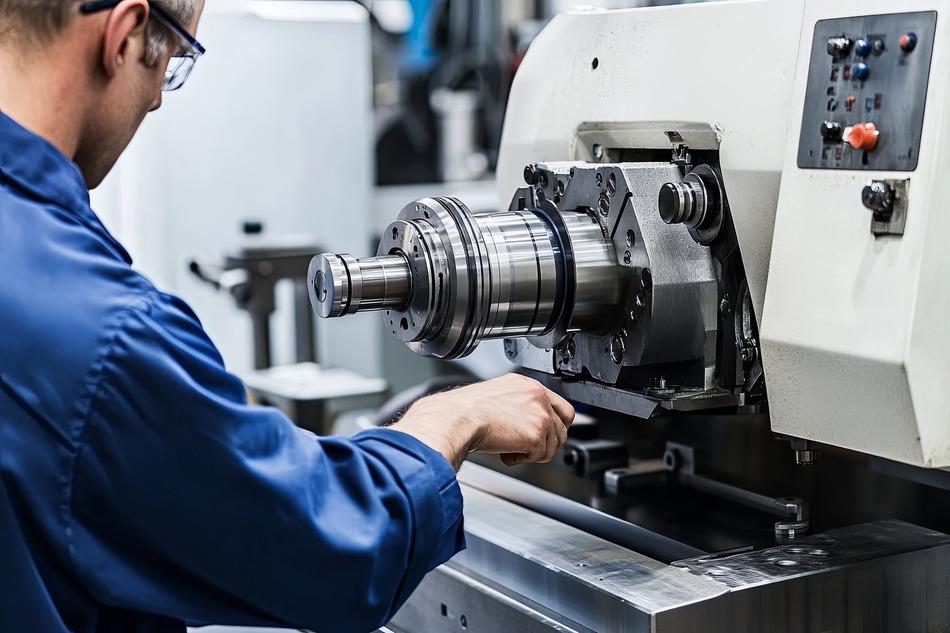Common CNC Chuck Issues & How to Fix Them
A CNC chuck is responsible for holding the workpiece firmly in place during machining. If the chuck isn’t gripping properly, it can cause misalignment, poor accuracy, and even machine crashes. A loose workpiece can shift unexpectedly, leading to incorrect cuts, wasted materials, and potential damage to the machine.
Why CNC Chucks Need Regular Maintenance
Many CNC chuck problems are preventable with routine maintenance and inspections. At In-House CNC, we’ve seen countless chuck failures that could have been avoided with regular cleaning, lubrication, and timely part replacements. Here’s how to identify and fix the most common CNC chuck issues before they cause bigger problems.
A well-maintained chuck doesn’t just protect your machine—it also improves the overall quality of your work. When the chuck holds the part securely and consistently, it reduces vibration, allows for tighter tolerances, and ensures repeatable results. Whether you’re running small batches or large production jobs, maintaining your CNC chuck is essential for both safety and precision.
Troubleshooting the Most Common CNC Chuck Problems
Worn-Out Chuck Jaws
When chuck jaws wear out, they lose their ability to grip the workpiece securely, causing parts to slip or shift during machining. This leads to inconsistent cuts and quality issues.
Signs of Worn Chuck Jaws:
- Workpieces slip or shift, even when clamped tightly.
- Clamping pressure is uneven, affecting machining accuracy.
Causes of Wear:
- Over time, continuous high-pressure use wears down the chuck jaws, making them less effective.
- Metal debris builds up inside the chuck, affecting jaw movement and grip strength.
How to Fix It:
- Resurfacing or replacing the chuck jaws restores proper grip and alignment.
- Cleaning the chuck regularly prevents chip buildup wear.
- Inspect and adjust jaw positioning using a dial indicator to ensure proper alignment and equal clamping pressure.
Loss of Clamping Force
If a CNC chuck fails to hold the workpiece securely in place, it can lead to vibration, unexpected shifting, and significant machining errors.
Signs of Clamping Force Loss:
- The chuck doesn’t grip the workpiece as tightly as before.
- The workpiece vibrates or moves under cutting forces.
Causes of Clamping Force Loss:
- Hydraulic or pneumatic failures reduce chuck pressure, leading to weaker clamping.
- Internal components, such as pistons or springs, wear out over time, reducing the ability to apply consistent pressure.
How to Fix It:
- Check hydraulic and pneumatic pressure levels to make sure they are at the correct settings.
- Inspect for leaks or damaged seals, which can reduce clamping force.
- Replace worn actuators or springs to restore proper function.
Chuck Misalignment
A misaligned CNC chuck throws off the center of the workpiece, leading to out-of-tolerance parts and inconsistent machining results.
Signs of Chuck Misalignment:
- Workpieces appear off-center, affecting part accuracy.
- The chuck rotates with visible runout or eccentric movement.
Causes of Misalignment:
- The chuck was not installed correctly, leading to positioning errors.
- Excessive wear on the spindle interface affects alignment.
How to Fix It:
- Recalibrate the chuck alignment to eliminate runout and improve precision.
- Inspect the spindle taper for signs of wear and resurface it if necessary.
Chuck Sticking or Slow Operation
If the chuck opens or closes slower than usual, it can delay machining operations and make it difficult to release finished parts.
Signs of a Sticking Chuck:
- The chuck takes longer than normal to open or close.
- Workpieces are difficult to release following the machining process.
Causes of Sticking:
- Coolant and metal chips accumulate inside the chuck.
- Lack of lubrication causes moving parts to grind against each other, slowing down operation.
How to Fix It:
- Apply high-quality lubrication to all moving parts to keep the chuck operating smoothly.
- Regularly disassemble and clean the chuck to remove internal debris and prevent sticking.
Keep Your CNC Chuck in Top Shape
A poorly maintained CNC chuck can cause serious machining problems, increased scrap rates, and unexpected downtime. Regular inspections, cleaning, lubrication, and part replacements help prevent costly failures.
At In-House CNC, we specialize in CNC chuck repairs, maintenance, and realignment to keep machines running smoothly.
📞 Call In-House CNC Today at (951) 540-4820 for CNC Chuck Repair & Maintenance!




